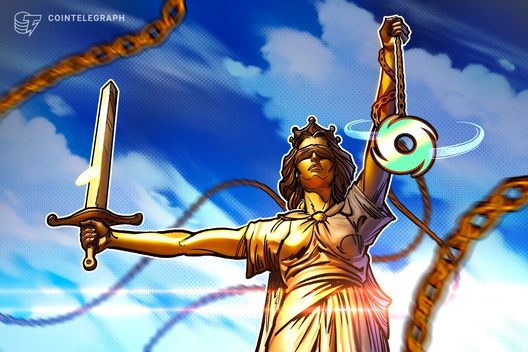
Key takeaways:
-
SOL’s perpetual futures funding rate turned negative, highlighting a lack of confidence among traders.
-
Despite strong fundamentals, institutional players continue to avoid Solana due to MEV concerns.
Solana’s native token, SOL (SOL), has not reached the $180 level since late May, raising doubts among traders about whether a bull run in 2025 is still feasible. The demand for leveraged long positions on SOL has dropped sharply, negatively affecting market sentiment.
On Monday, the SOL perpetual futures funding rate turned negative, indicating that short (sell) positions are in higher demand. Given that cryptocurrency traders are typically optimistic about price direction, this shift is relatively rare and signals a broad lack of confidence among bullish investors.
Solana faces growing L2 competition
Some analysts argue that SOL’s competitive edge has been eroded by the rapid expansion of Ethereum’s layer-2 ecosystem. Others highlight Solana’s more integrated user experience as a continuing strength. While SOL saw a decline following the memecoin mania, new use cases have emerged.
Jito, currently Solana’s largest decentralized application (DApp), holds 17.92 million SOL in total value locked (TVL), marking a 12% increase since January. By providing maximum extractable value (MEV)-optimized staking and integrated decentralized finance services, Jito demonstrates that Solana continues to innovate and is not reliant on token launch platforms.
Solana also boasts a staking ratio of 66.5%, meaning fewer SOL tokens are readily available for sale on exchanges. By comparison, less than 30% of Ether (ETH) is staked on Ethereum, while Cardano’s ADA has a 58% staking rate. SOL’s current annualized staking yield of 7.3% offers strong incentives for tokenholders to stake their coins.
Solana’s Q2 revenue outpaced Ethereum and Tron
According to a post on X from SolanaFloor, Solana led all blockchains in network revenue for the third straight quarter.
In the second quarter of 2025, Solana generated $271.8 million in revenue, reportedly 64% higher than Tron and more than double Ethereum’s $129.1 million. Solana’s dominance also shows in its DApp activity, with users spending $460 million in 30-day fees. This reflects a healthy ecosystem and incentivizes developers to build on the platform.
Despite ongoing criticism regarding failed transactions and high activity concentration, these are the result of deliberate design decisions and represent opportunities for optimization rather than structural weaknesses. If bot activity alone were inflating volumes, there would be little justification for the $62.6 million in network fees paid in June.
Related: Truth Social files S-1 for ‘Crypto Blue Chip ETF,’ tracking top assets
Vlad Tenet, CEO of Robinhood, reportedly said that building on Solana was dismissed due to MEV concerns, adding that they wanted “full validator control.” X user forrestnorwood from Conduit noted that both Coinbase and Robinhood “opted for maximum control, preferring the transaction ordering guarantees on their own L2s.”
If those claims hold true and major institutions continue to bypass Solana, it could cap the upside for SOL. These concerns help explain the fading interest in leveraged bullish SOL positions and are ultimately linked to Ethereum’s strategy of incentivizing rollups with extremely low data fees.
The critical question for SOL holders is whether Ethereum will eventually abandon its predatory pricing model and be forced to compete on equal footing. For now, the odds of SOL reclaiming the $180 level remain slim.
This article is for general information purposes and is not intended to be and should not be taken as legal or investment advice. The views, thoughts, and opinions expressed here are the author’s alone and do not necessarily reflect or represent the views and opinions of Cointelegraph.








